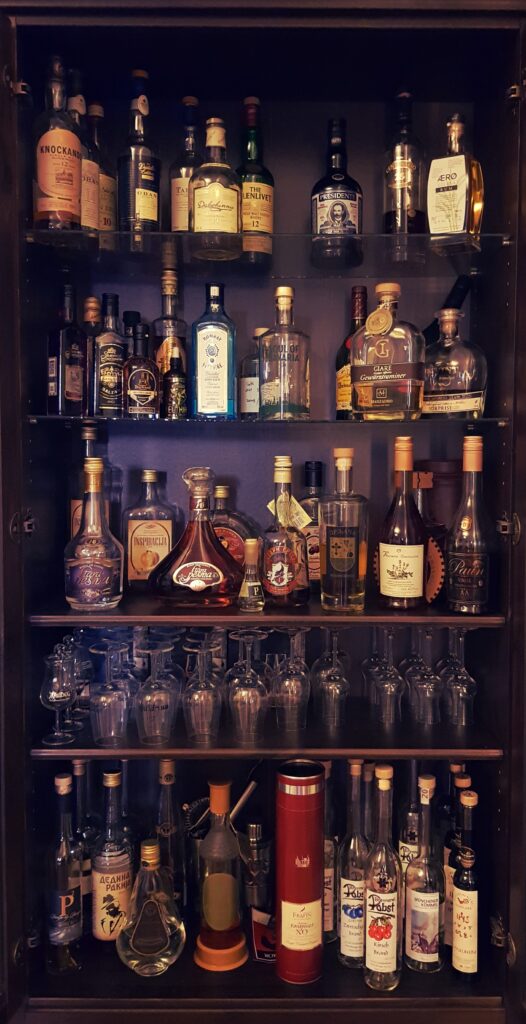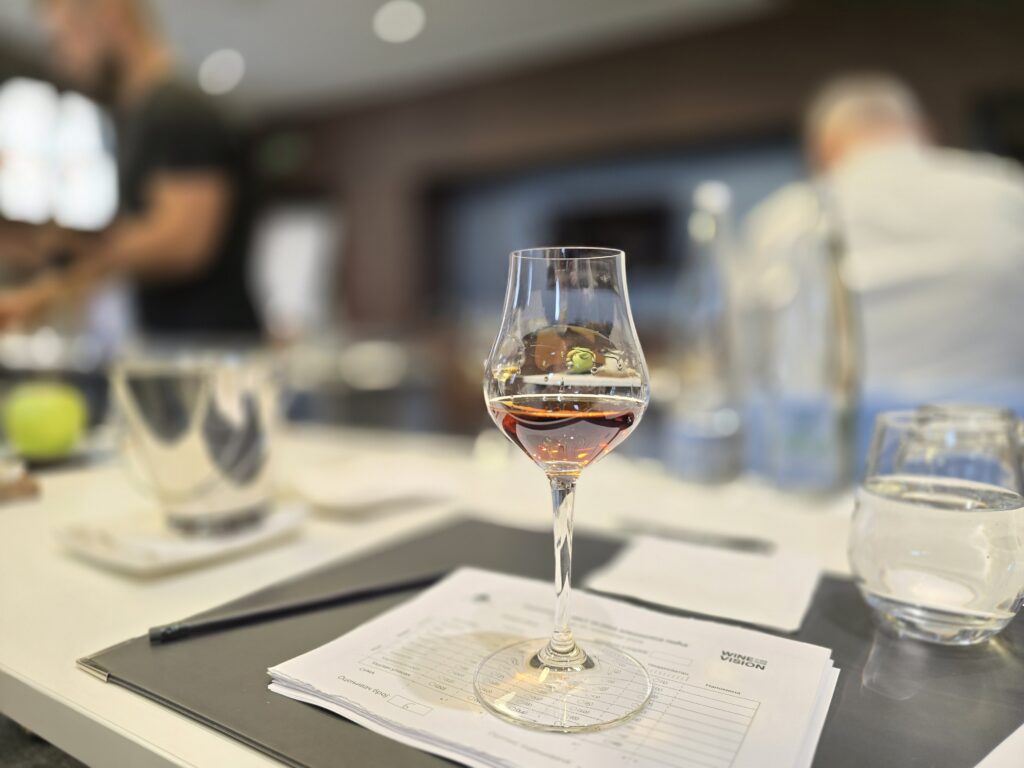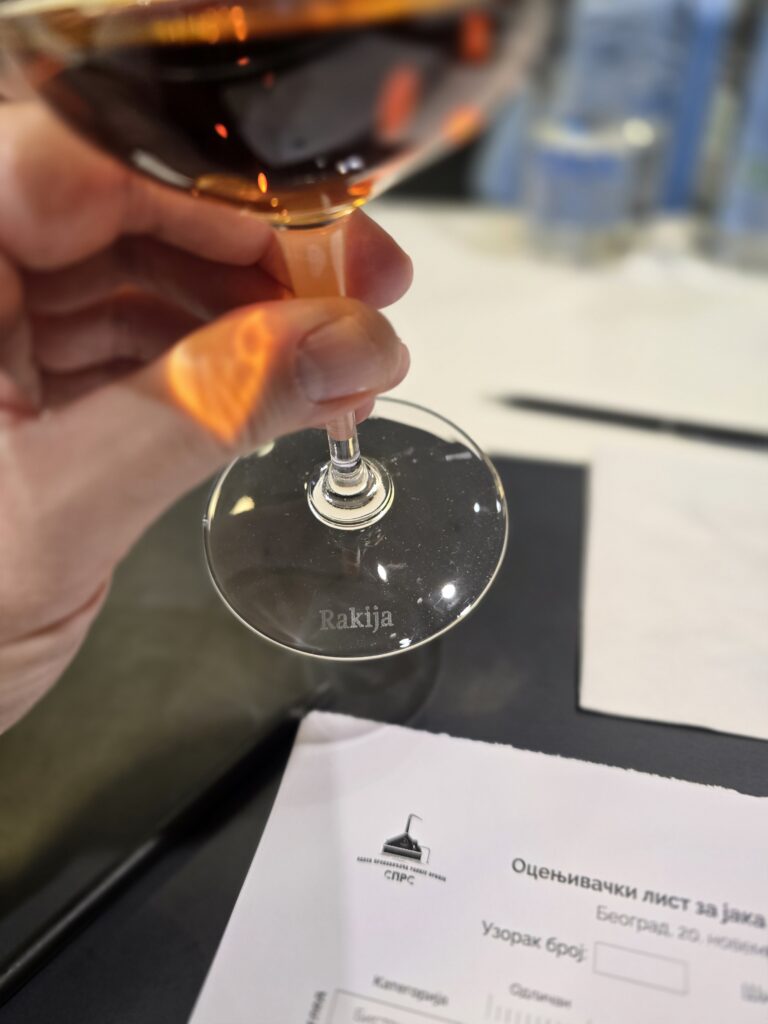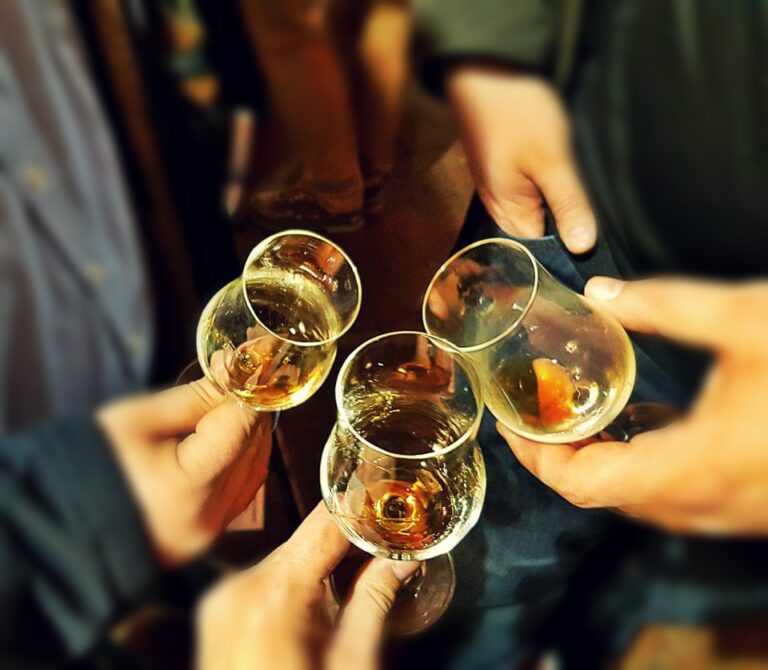Status of Rakija: Our Glass of Tradition Facing Global Challenges

Branko Drljača
Slap Spirits

Status of Rakija
A magical distillate of the Balkans, the essence of our tradition, a part of everyday stories, festive tables, and cherished memories. How do we view the historical context of rakija production and its comparison with global spirits like rum, whiskey, and gin? What factors influence the perception of rakija’s quality and value in both domestic and international markets?
Empirically speaking, rakija is a traditional alcoholic beverage from the Balkans that often faces an underestimated status on the global market, despite its rich tradition and potential.
Over the past ten years, tremendous efforts have been made to secure rakija the place it deserves on the global stage. But to understand why it has yet to reach the fame of Scotch whisky or Caribbean rum, we must look back at its historical journey.
Rakija is an inseparable part of Balkan cultural heritage, present in almost every household. Traditionally, its production was guided by principles of economy. Consequently, the choice of fruit for rakija making was not always optimal and cannot be compared to today’s methods of fruit selection.
This approach, along with insufficient education about the fermentation and distillation processes, led to a negative perception of the drink on a global level. The focus was simply not on quality, but on producing alcohol for domestic use. As a result, rakija often had low organoleptic value, which impacted its image.
It is therefore no surprise that rakija had a modest reputation even in our own region, and even more so abroad. Unfortunately, rakija has not yet fully managed to shake off that old perception, although the situation has significantly improved in recent years.
How We Neglected Our Beloved Spirit !?
In the Balkans, rakija is present in every moment—from joy to sorrow, from birth to final farewells. Yet, for a long time, we have neglected it. Served cold, poured into small glasses, often between two beers, rakija has endured unfair treatment. Instead of appreciating and promoting it as a drink worthy of attention, we turned to imported brands when we wanted something “special.”
Who among us hasn’t heard the phrase: “For that money, I could buy a whiskey”? And so, unknowingly, we spent decades underestimating what we already had. Good rakija demands attention, skill, and time. It’s not just a plum distillate—it’s a fusion of craftsmanship, tradition, and love.
What Are Global Spirits Doing Differently?
On the global market, drinks like whiskey, rum, and gin found their path to prestige long ago, achieving high status through strict production standards, strong marketing, and a recognizable image.
Whiskey has been produced for generations, with strict rules around aging in wooden barrels. The Scots built legends around their spirit, making whiskey a synonym for luxury and longevity. Scottish and Japanese whiskies represent global standards of quality, thanks to decades of precise production and aging. A large portion of the distillate is aged for more than ten years in barrels, and such an approach creates a perception of exclusivity.
Rum production is closely tied to an exotic, Caribbean lifestyle and evokes associations with sun, sea, and palm trees—an image that adds perceived value. Traditionally made from molasses or sugarcane juice, the aging process in wooden barrels ensures flavor complexity. While rum is produced in smaller quantities across Europe, its popularity is steadily growing. Its complexity and diverse aromas are winning over markets around the world.
Gin brought an explosion of creativity with its infusion of botanicals and spices, becoming a modern favorite, especially due to the fact that it can be produced and prepared for the market relatively quickly. It played a key role in increasing consumer interest in strong alcoholic beverages.
While whiskey and rum often require long aging processes, their stories are clearly communicated through marketing, whereas gin thrives on innovation and accessibility. What all these spirits share is a strong image and consumer trust.
Rakija at a Crossroads
Challenges still remain. The premium rakija segment is gradually gaining ground, but it still faces prejudice—such as the perception that it is overpriced compared to foreign spirits. Many consumers are still unaware of the complexity involved in producing high-quality fruit brandies and struggle to distinguish between poor and excellent rakija. Our drinking culture has only recently begun to evolve.
Today, slowly but surely, rakija and everything associated with it is awakening from its slumber. The circle of enthusiasts for high-quality fruit distillates is expanding—both at home and abroad. More and more producers are investing in top-tier quality, using the best fruits, carefully controlled fermentation and redistillation processes, and aging in oak barrels. There is no doubt that rakija can achieve the same level of complexity and refinement as the world’s finest spirits.
Today, we pour rakija into a proper glass designed specifically for it, with careful thought given to its flavor and aromas.


https://www.instagram.com/riedelpartner_srbija?igsh=ZG8xaGI2ODA5aWJy
The Future of Rakija
Rakija has the potential to become a true ambassador of the Balkans to the world. Its price—though higher in the premium segment—is entirely justified. Global markets are open to unique products with authentic stories, and rakija offers exactly that: tradition, quality, and soul. However, its success depends on improving production standards, educating consumers, and building stronger branding. Just as Scotch whisky, Caribbean rum, and European gin have become symbols of quality, rakija has the opportunity to become the symbol of the Balkans on the global stage.
Šljivovica, apple brandy, quince brandy… these are not just drinks. They are works of distillation art, reflections of nature and craftsmanship passed down through generations. Each bottle carries the mark of its maker and its region.
While the Scots offer whiskey made by the grandfather and sold by the grandson, our rakija—when approached properly—can achieve the same level of respect. What’s needed is continued dedication to building a culture of quality and proudly promoting what we have.
The key lies in focusing on quality, preserving authenticity, and presenting rakija as a sophisticated alcoholic beverage.
The doors to the world are already ajar. It’s up to us to open them wide.
This article is dedicated to all rakija producers who believe in its potential and pour their hearts into every distillate.
Our time is yet to come.
Branko Drljača



